Welcome to a new educational series with Katie Van Slyke. This series will introduce important horse terminology, the words and concepts that come up in everyday riding, training, horse showing, and even horse breeding. If you've ever heard terms like jog, lope, or pivot and wondered what they meant, this guide will help clarify the basics.
In this first installment, the focus is on the foundational horse gaits: walk, trot, jog, lope, and canter. Understanding these movements is essential for any rider, whether enjoying casual trail rides or stepping into the show arena.
The Walk
The walk is the most basic and relaxed gait. It's a four-beat gait, which means each hoof hits the ground independently in a clear sequence. No two feet strike at the same time.
The walk is steady, even, and natural for all horses. It looks the same whether the horse is in Western or English tack. The main difference lies in the riding discipline rather than the gait itself.
The Trot
The trot is a two-beat gait, where the horse's diagonal legs move together. For example, the front right and back left land at the same time, followed by the front left and back right.
At the trot, riders often use a technique called posting, which involves rising and sitting in rhythm with each stride. Posting makes the motion smoother and helps conserve energy over longer distances. The trot is naturally more forward-moving than the walk, covering more ground with each stride.
The Jog
The jog is also a two-beat gait, but slower, flatter, and more relaxed than the trot. The same diagonal leg pairs move together, yet the movement is less bouncy and more controlled.
In horse showing, especially Western disciplines, the jog is highly valued for its smoothness and steadiness. It's often described as the "Western version" of the trot, designed to be comfortable and sustainable for both horse and rider.
The Lope
The lope is a three-beat gait commonly seen in Western riding. It's a slower, more collected version of the canter. The pattern of movement begins with one hind foot, then the opposite hind and diagonal front land together, followed by the leading front leg. This creates three beats, along with a moment of suspension where all four hooves are off the ground.
In Western horse showing, the lope is an important gait for classes like Western pleasure and horsemanship. It reflects balance, control, and smoothness rather than speed.
The Canter
The canter is the English counterpart to the lope. Although mechanically the same three-beat gait, the canter typically involves longer strides, more energy, and more forward momentum. It's common in disciplines such as hunter under saddle, dressage, and jumping.
While the lope emphasizes relaxation and control, the canter highlights athleticism and reach, making it a cornerstone gait in English horse showing events.
Essential Riding Cues and Movements
Beyond the basic gaits, a few other terms are helpful for anyone learning horse terminology:
-
"Whoa": A cue that means stop. Regardless of the gait, walk, trot, jog, lope, or canter, "whoa" signals the horse to halt immediately. In English disciplines, the same action is often called a "halt."
-
Pivoting: A maneuver where the horse rotates around a planted foot. In a hindquarter pivot, one hind foot stays still while the front end moves in a circle. In a forehand pivot, the front end remains planted as the hindquarters swing around. These movements are essential in many Western events and demonstrate precision and control.
Why These Terms Matter
These gaits and movements aren't just vocabulary, they are the building blocks of horsemanship. They connect directly to training, performance, and evaluation in the horse world.
-
In horse breeding, a horse's natural movement at the walk, trot, or canter can influence breeding decisions and the desirability of certain bloodlines.
-
In horse showing, judges look closely at how well each gait is performed, considering rhythm, balance, and correctness.
-
For everyday riders, understanding the difference between a jog and trot or a lope and canter can make riding smoother, safer, and more enjoyable.
Looking Ahead
This introduction to basic gaits is just the start. Future topics in the series will explore horse anatomy, tack, grooming terms, and more advanced riding concepts. From learning about "leads" in the canter to understanding conformation terminology used in horse breeding, there's a wide world of knowledge to uncover.
Suggestions from the community are encouraged, making the series interactive and tailored to the terms riders and horse lovers most want explained.
Final Thoughts
This series with Katie Van Slyke aims to make horse terminology simple, practical, and accessible for everyone. Whether the goal is excelling in horse showing, making informed decisions in horse breeding, or simply enjoying time in the saddle, understanding the basics of horse movement is the perfect place to start.

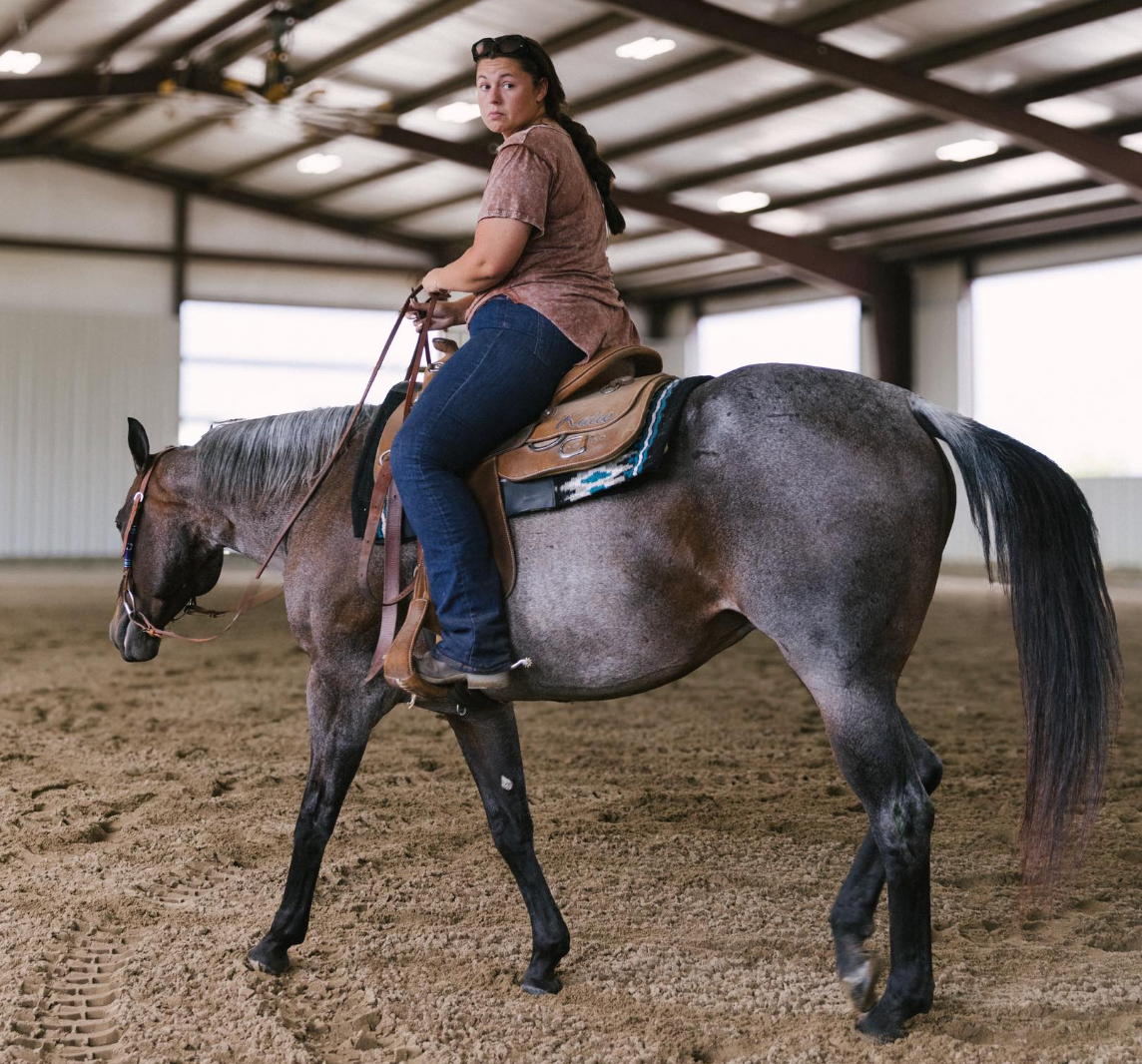
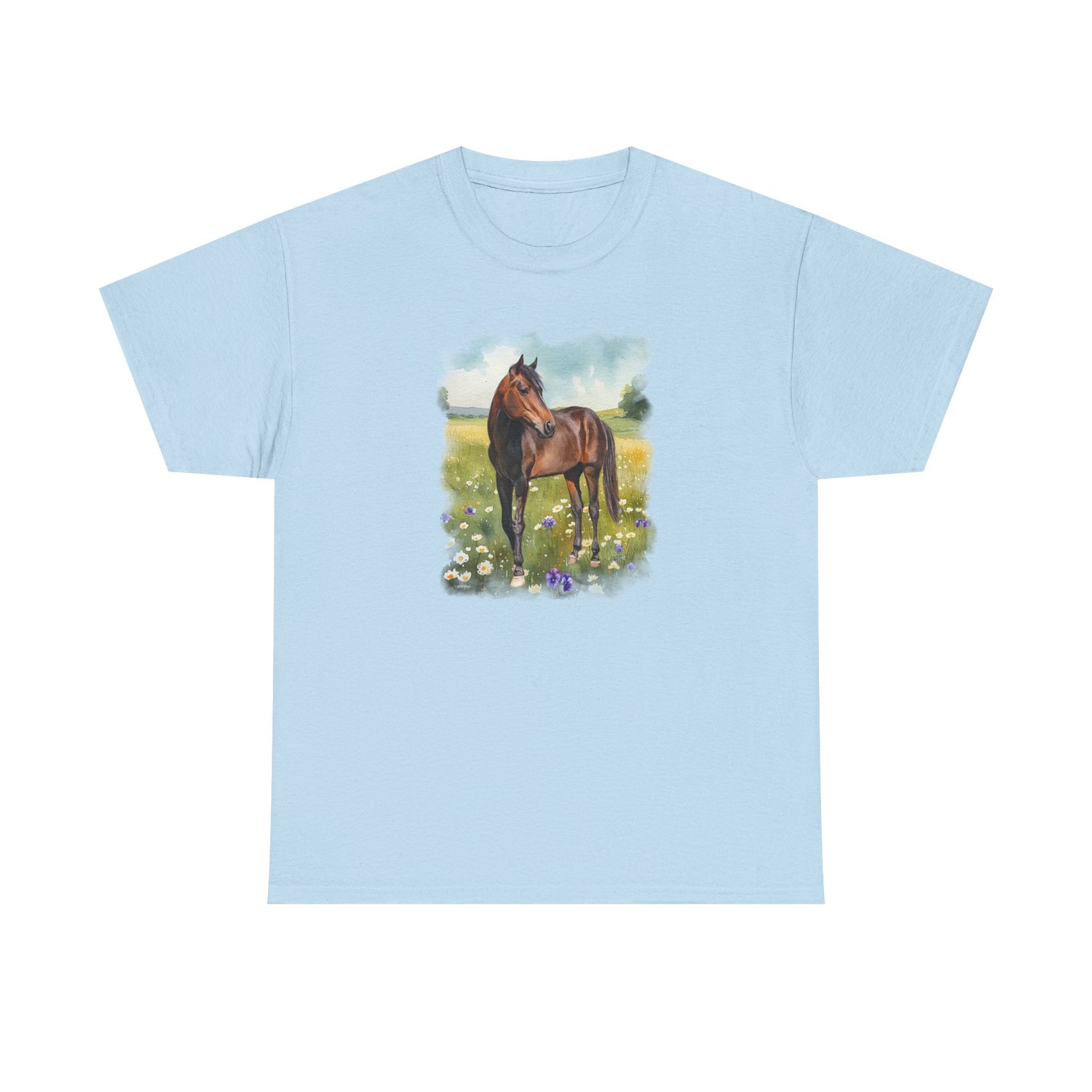
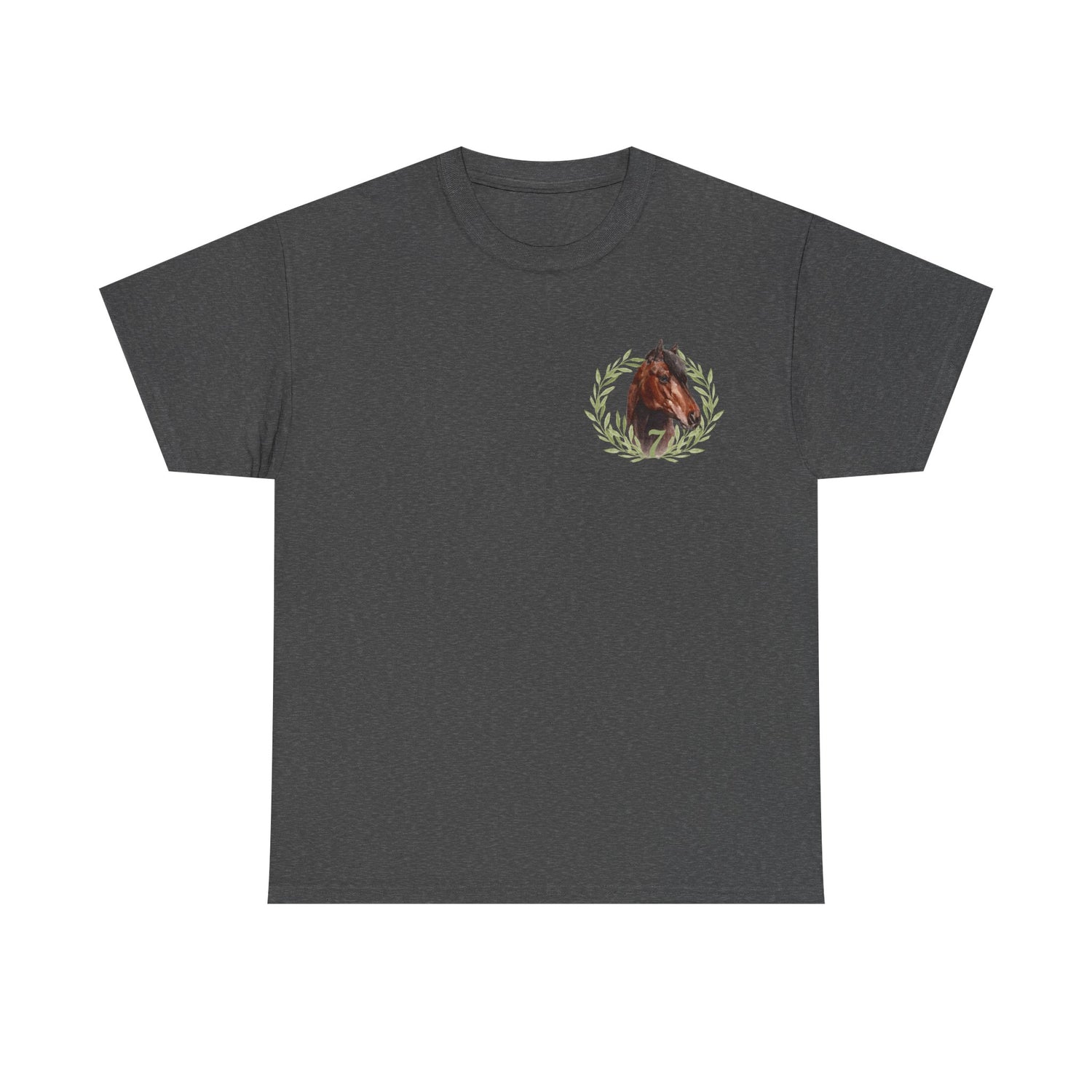
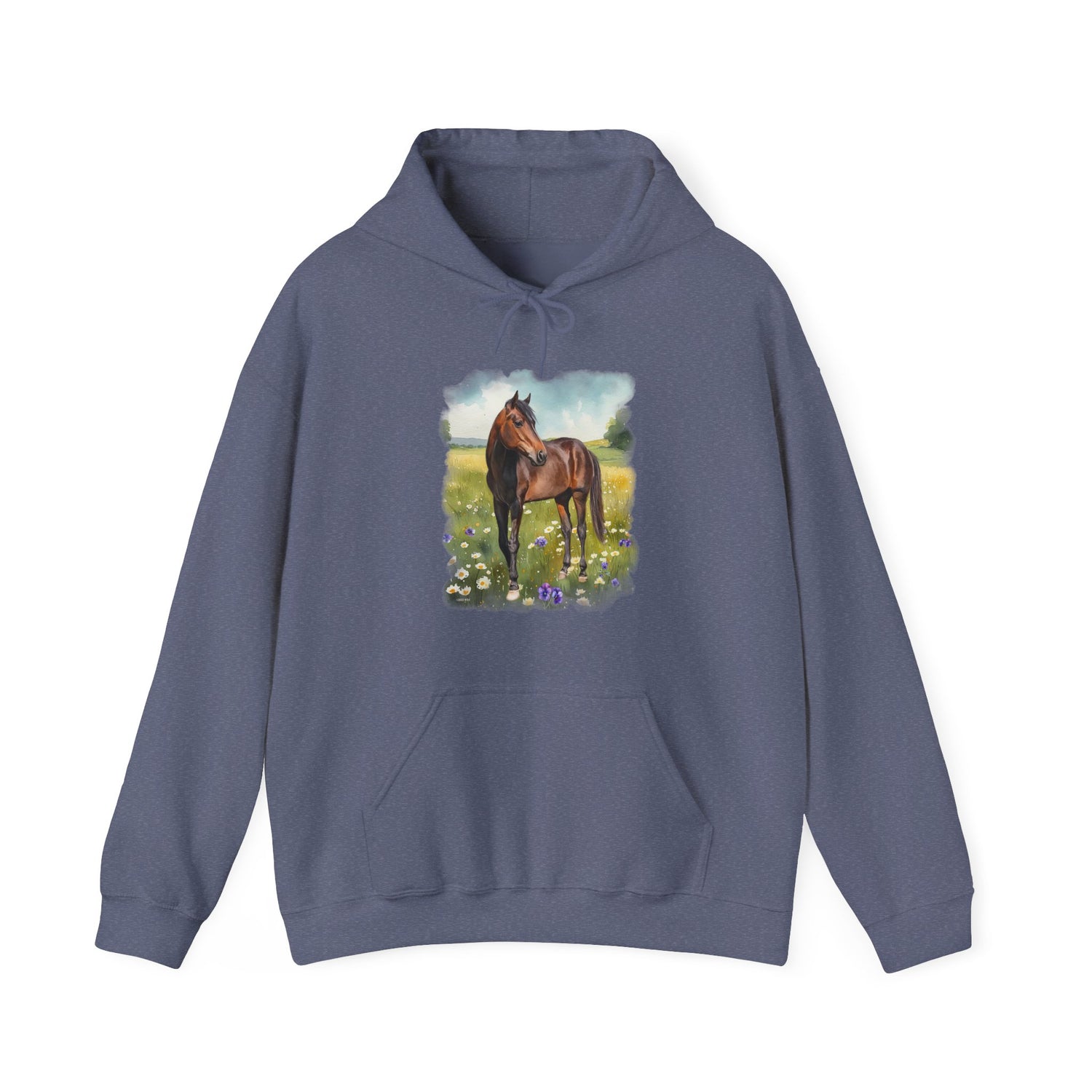
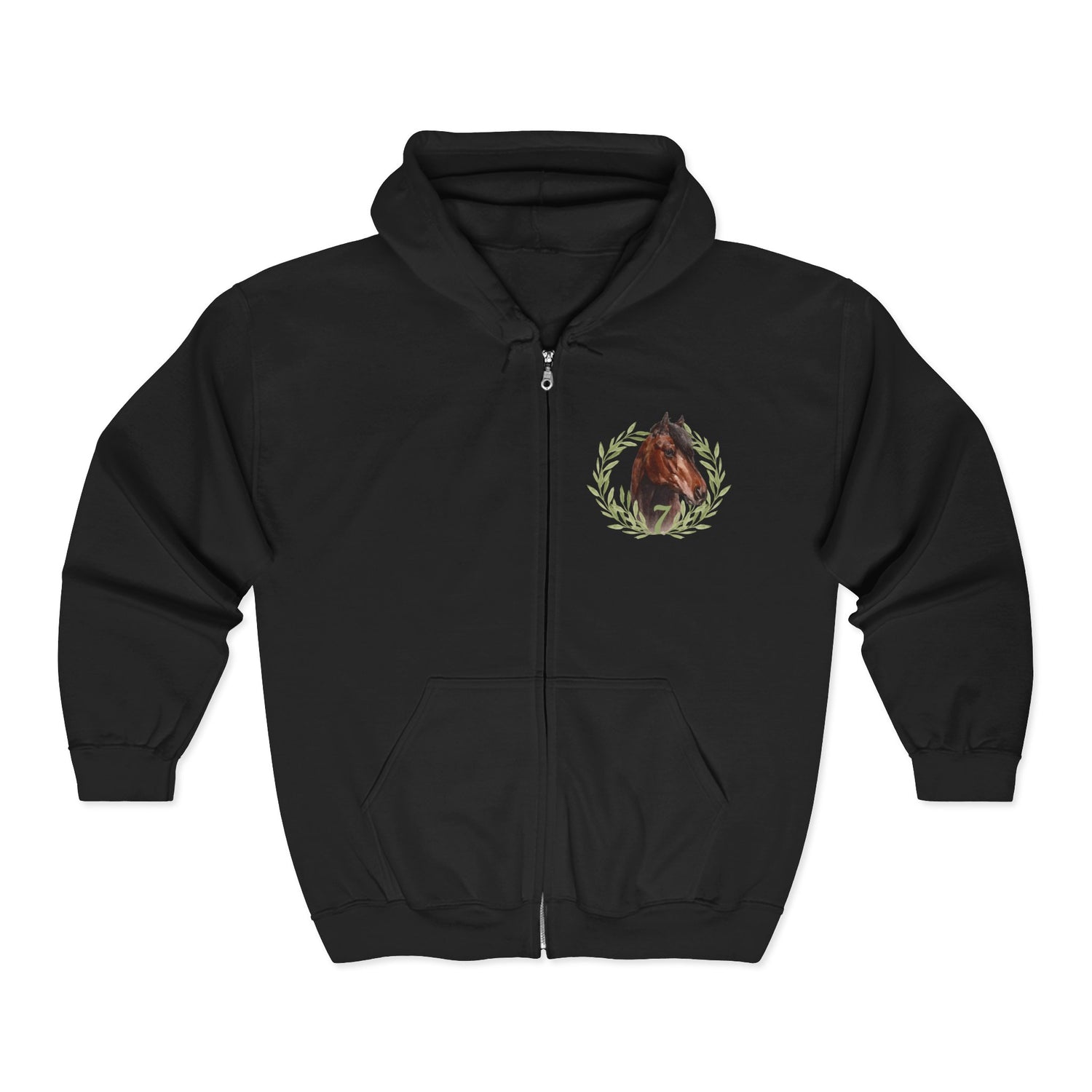
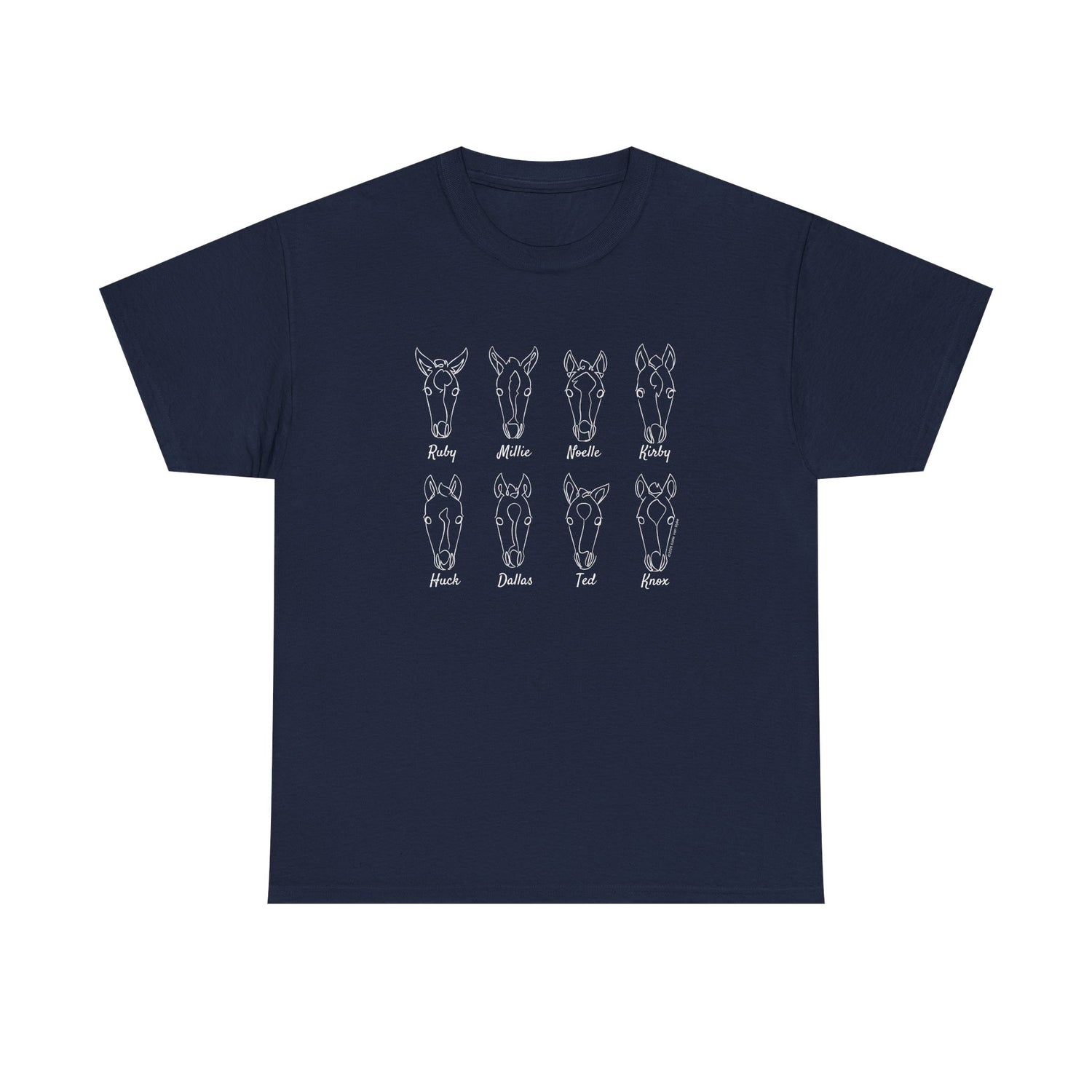
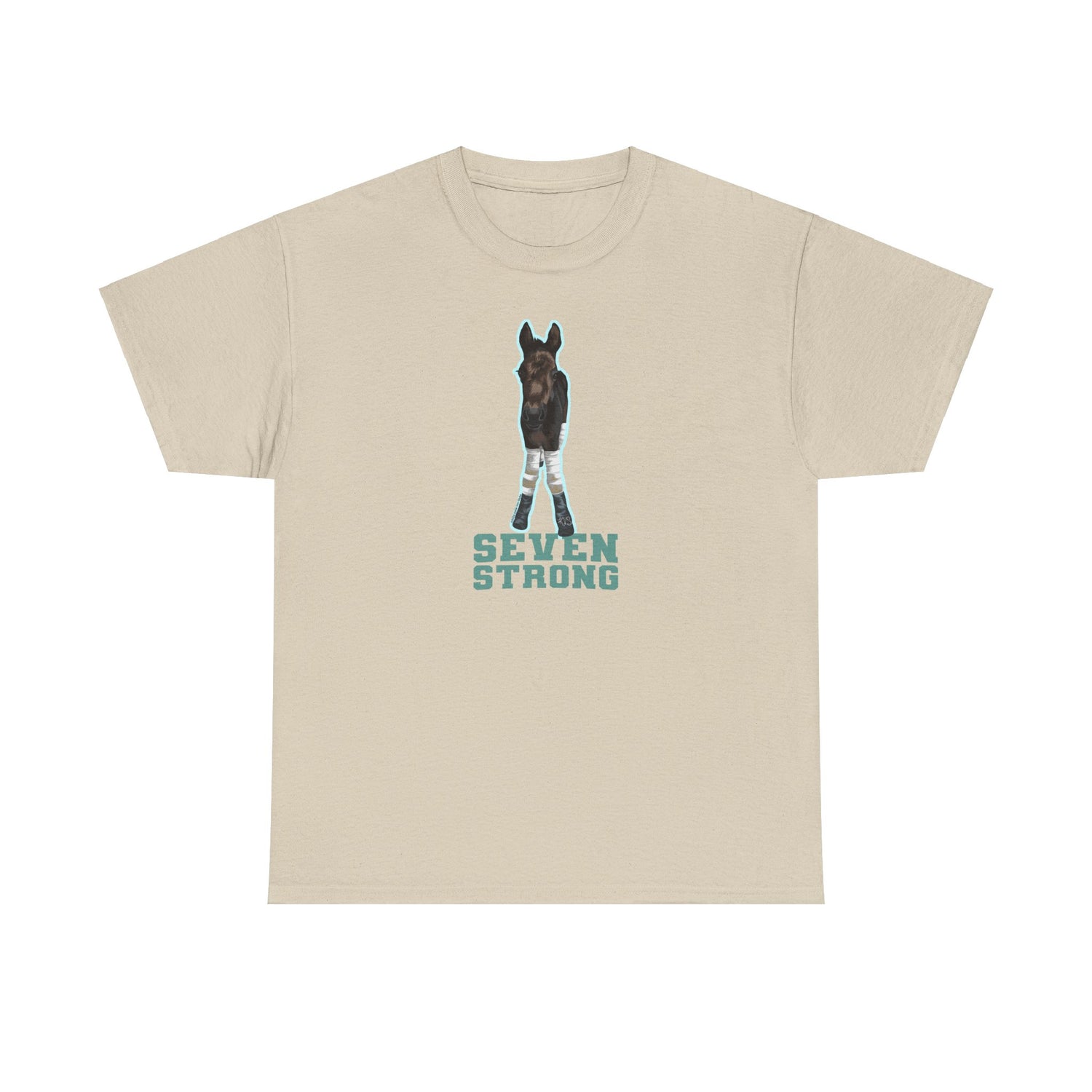
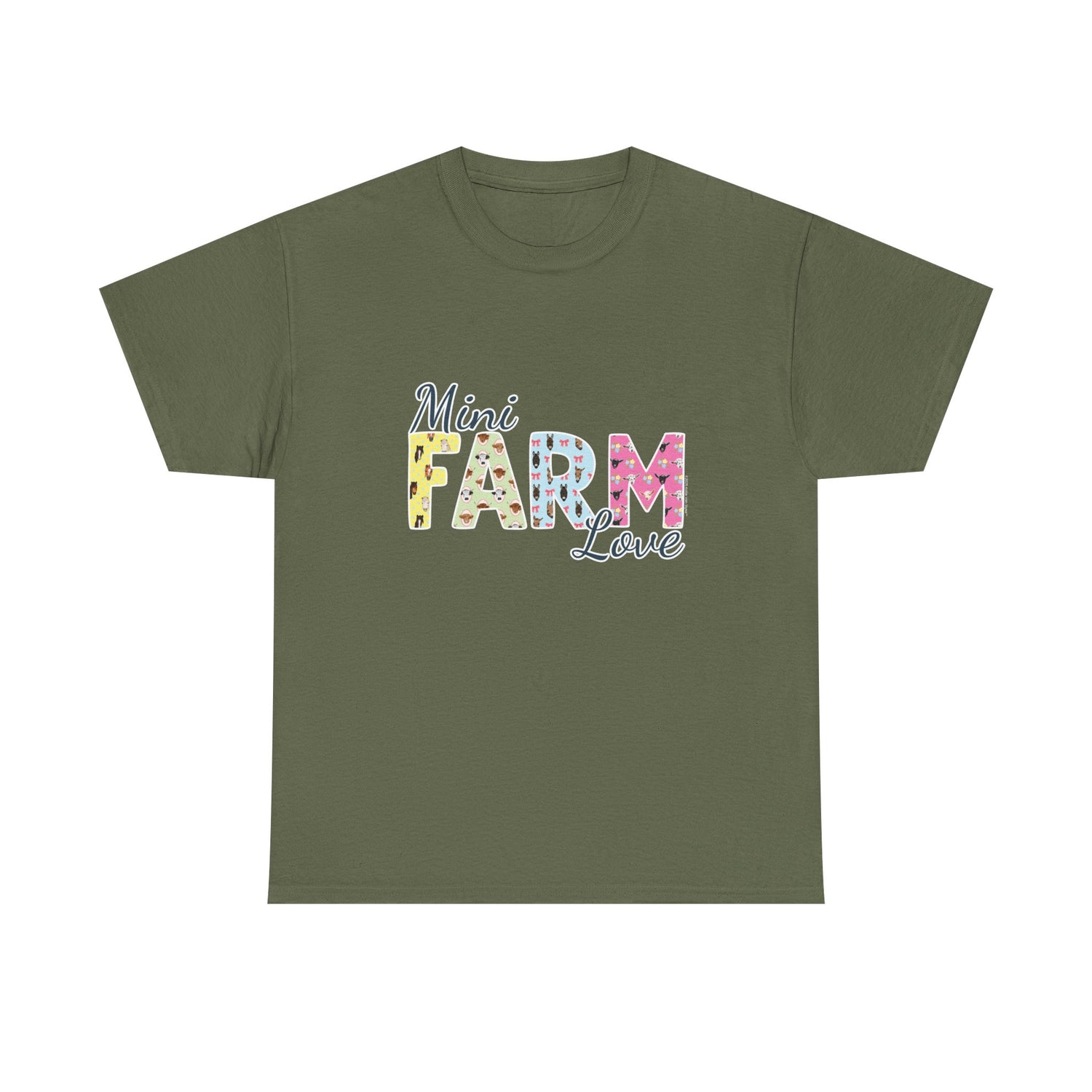
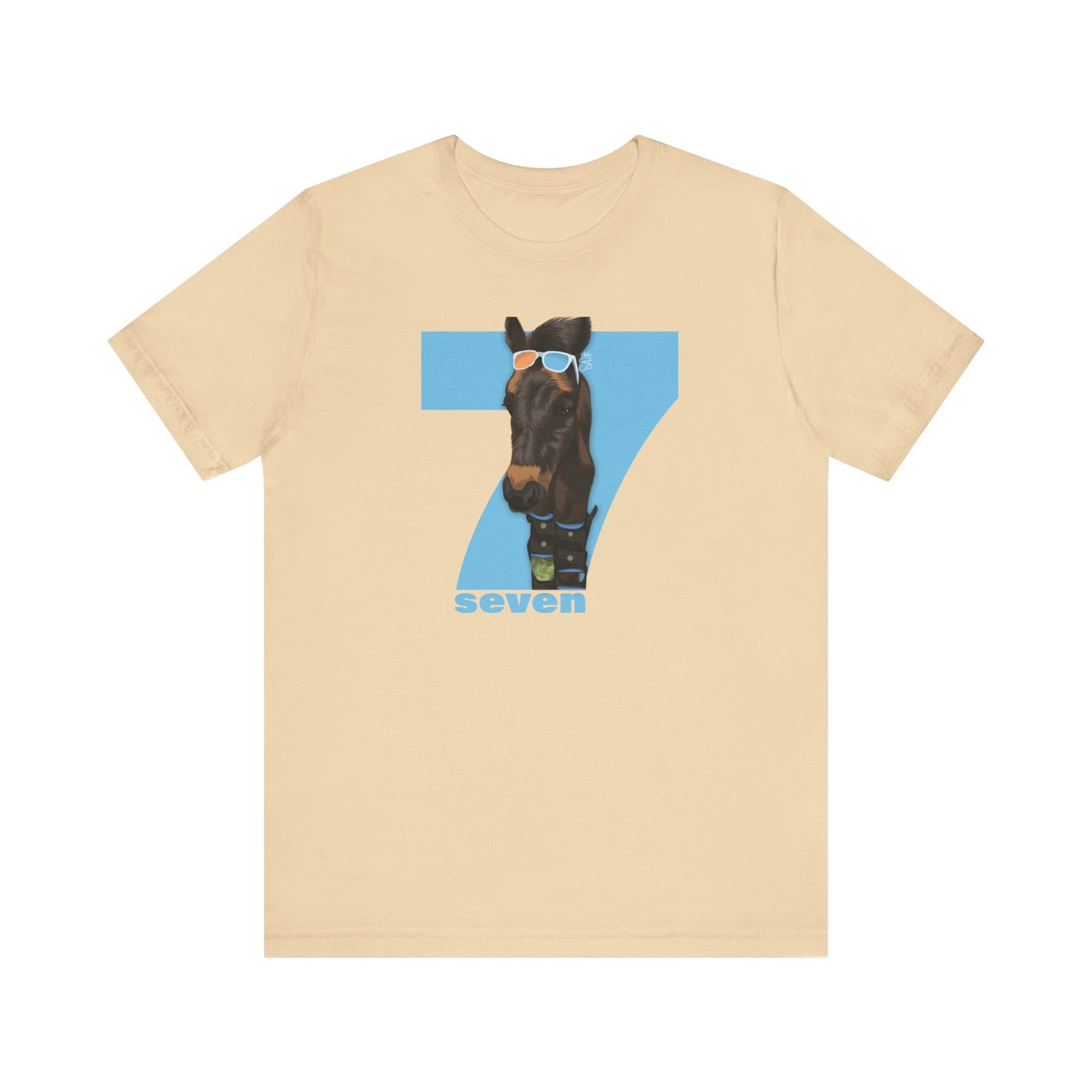

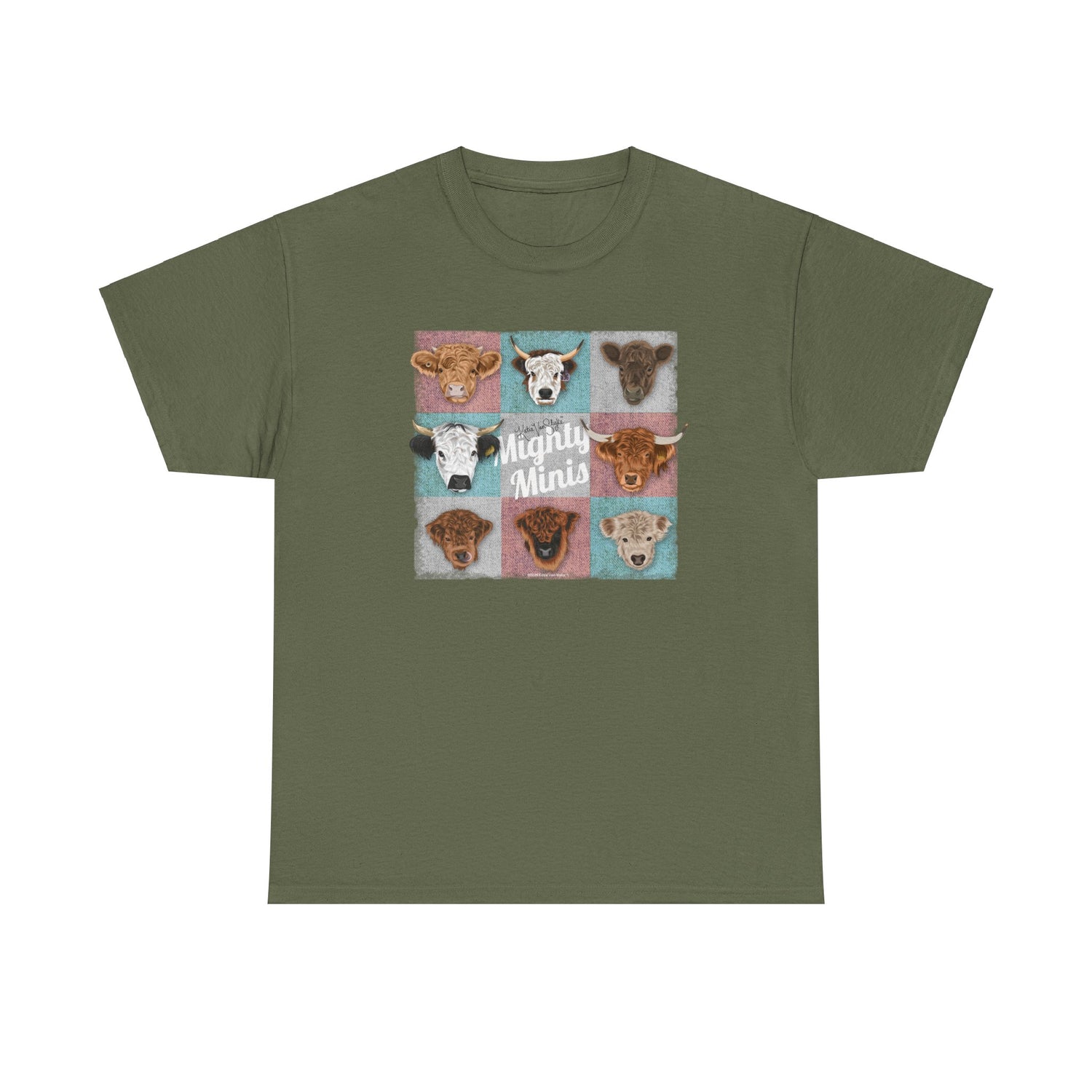
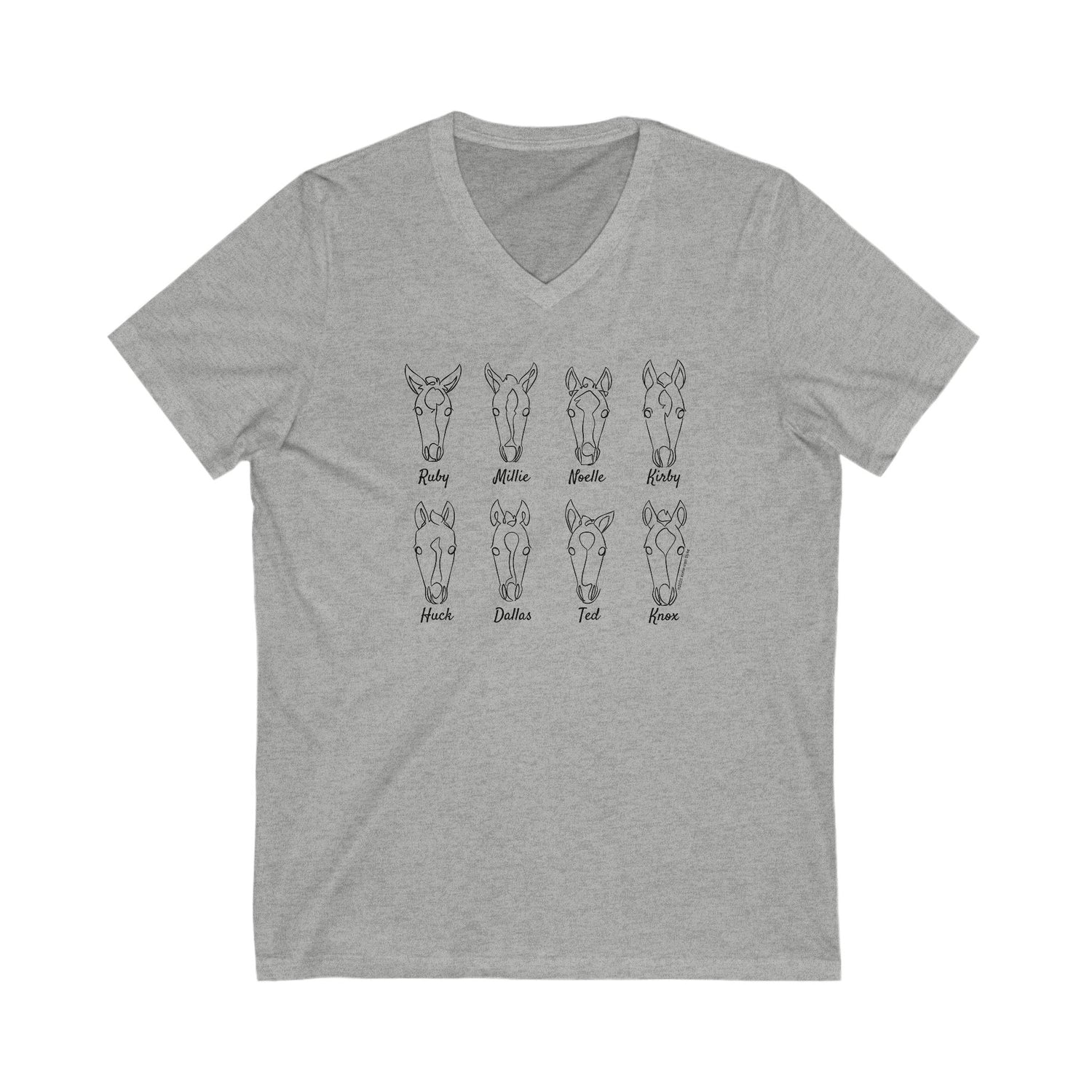
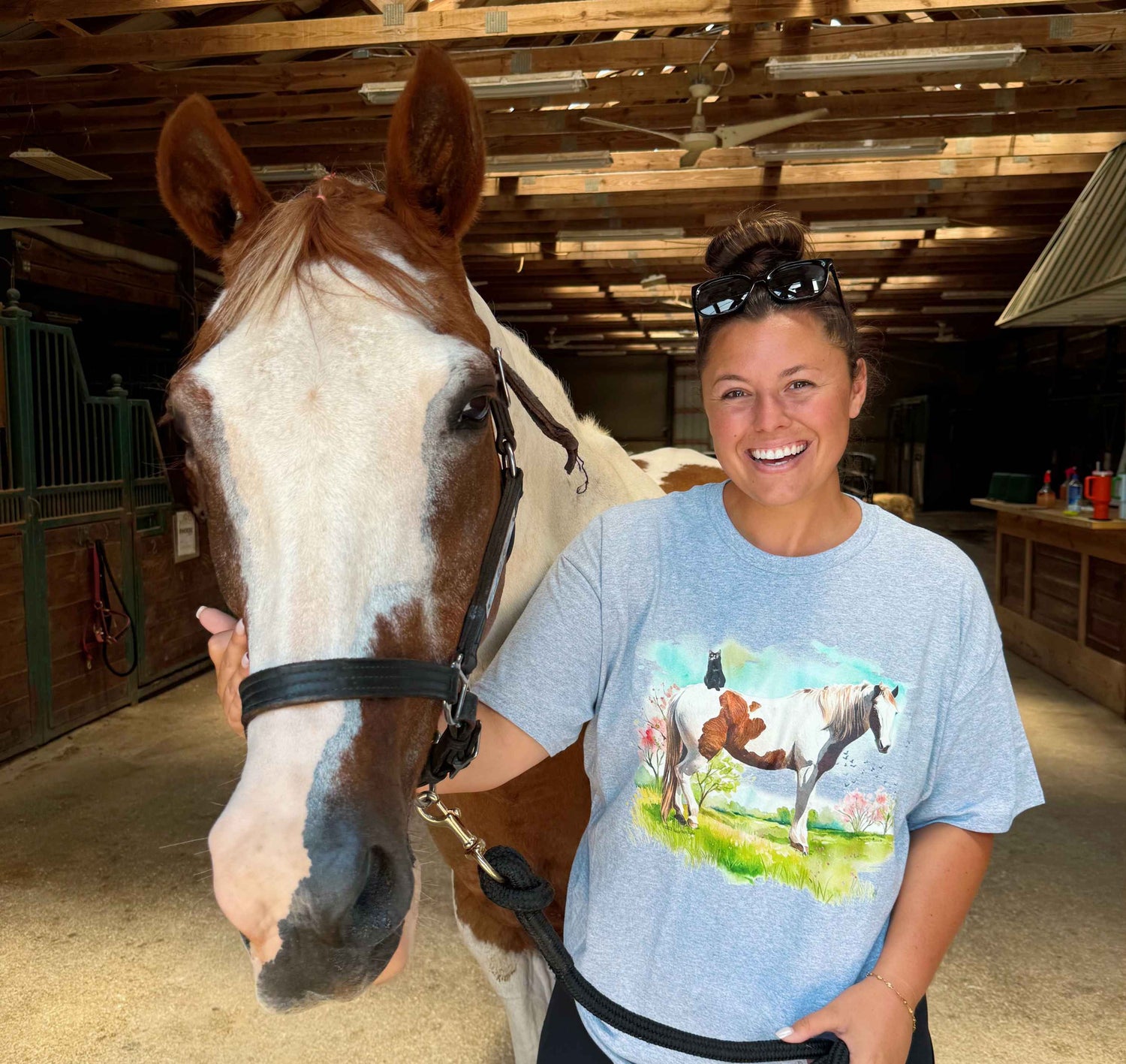
1 comment
HELLO KATIE
You have opened my eyes to Western Riding. My own experience in Canada is English riding (Hunter/Jumpers) 1960’s , 70’s and early 80’s. At that time the show ring was dominated by Off The Track Thoroughbreds. To this day I have a soft spot for the breed. I moved to Sweden for ‘love’. In Sweden, riding horses is the second largest sport. The government finally realized an unfair disproportion of funding was directed to boys in sports. To even out the score, more funding was directed to riding schools and riding associations. My daughter after riding Cross Country, Jumping, settled down to her love of riding Dressage. This took her on a journey from Sweden to Denmark, Germany and then back home.
Sorry for the long introduction.
Your face book entries to the Quarter Horse Shows opened my eyes to another world.
Your horses are beautiful.
I am fascinated on their slow movements and low body frame.
Also how calm they are at shows, to me it seems like they are just about to take a snooze. The last statement was not a criticism, just wonderment.
Thank you for introducing your world and opening my eyes to the beauty of Quarter Horses.
Keep showing your enthusiasm and passion to the rest of the world.
Sincerely yours
CLAUDIA THAMS